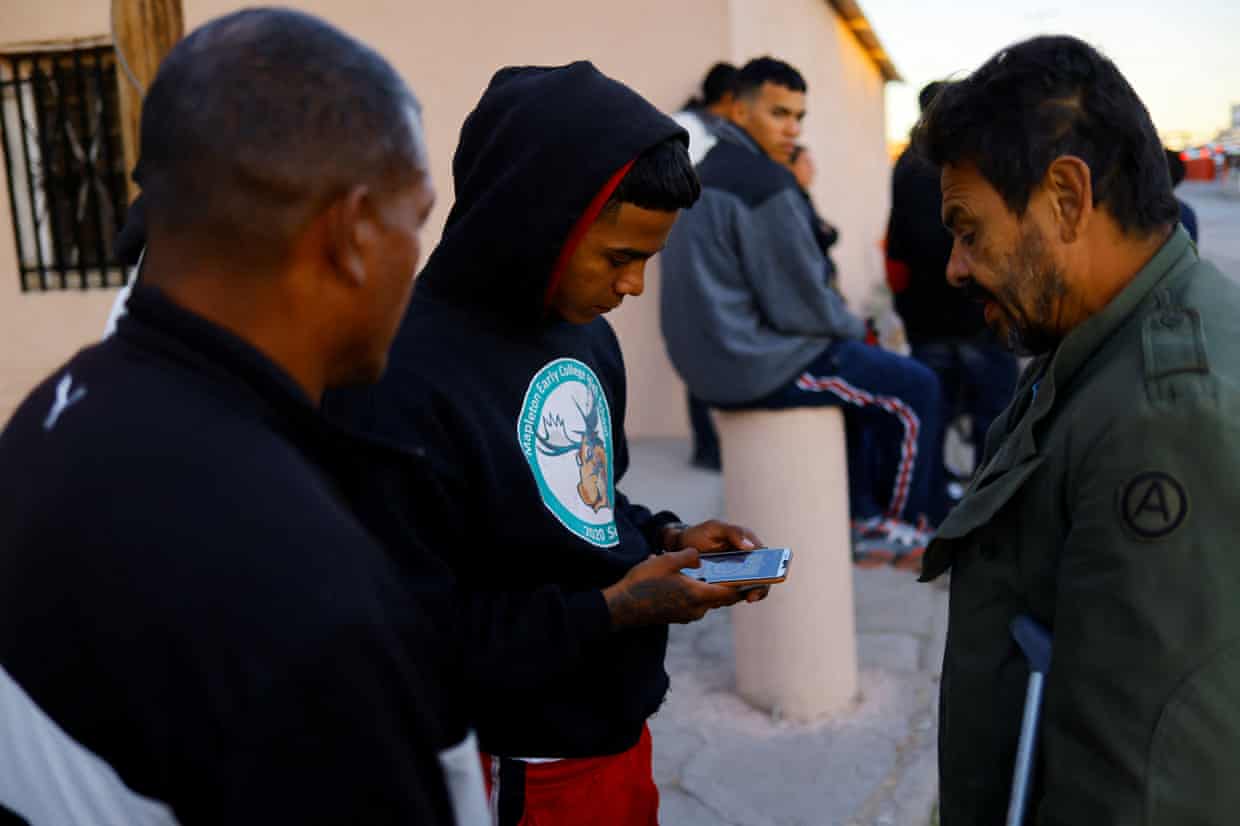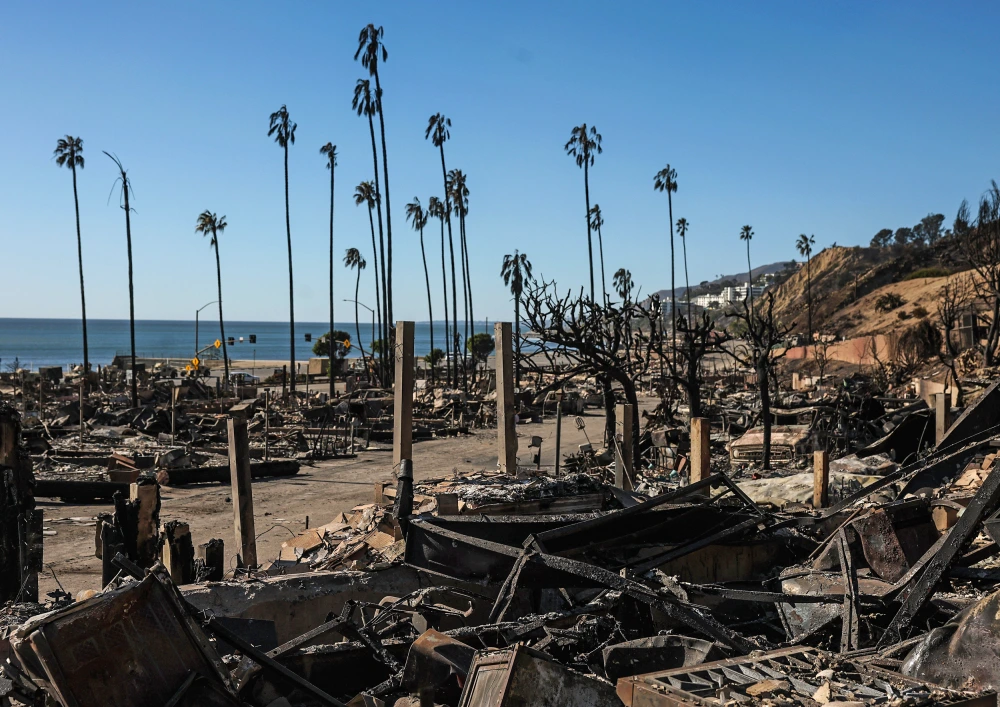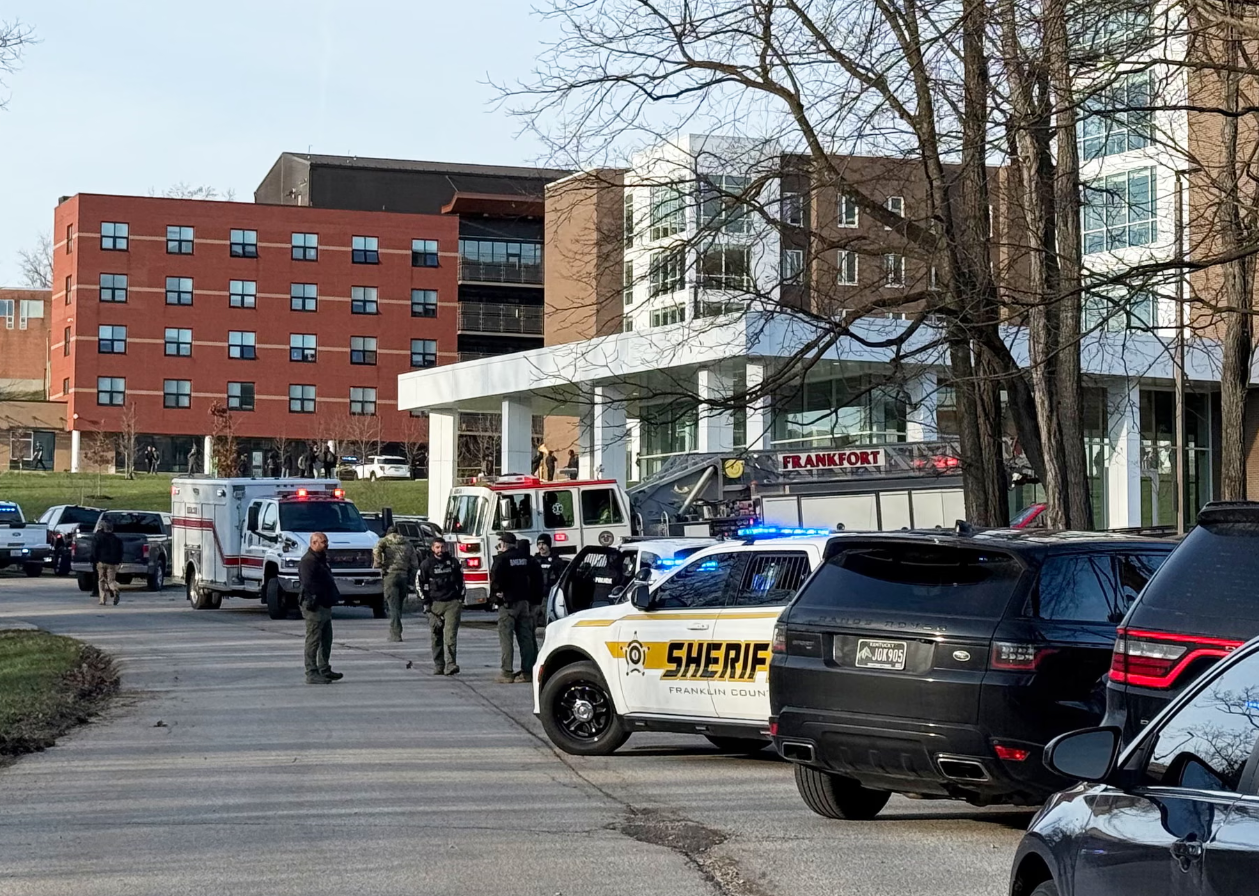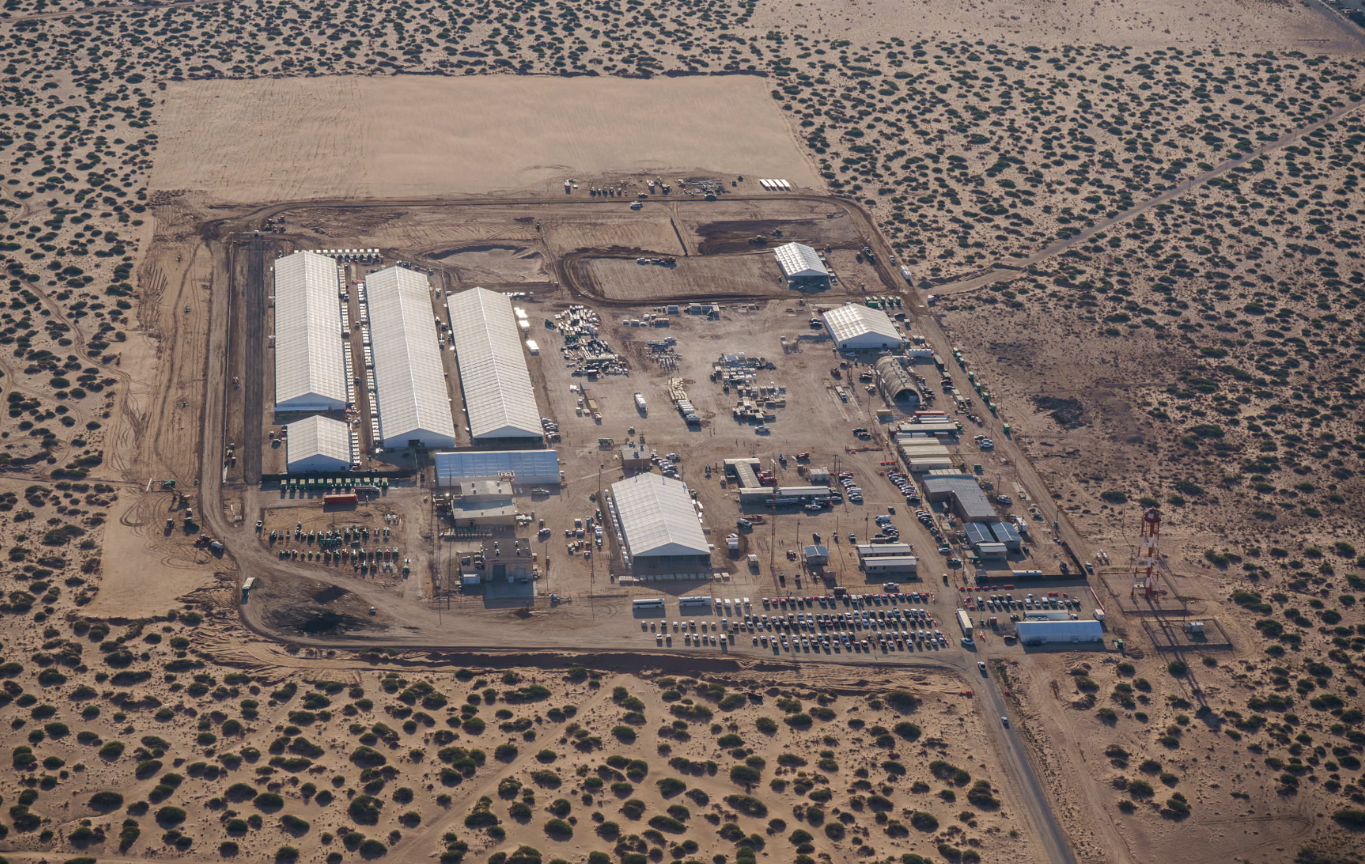Migrants from Africa and Haiti reportedly cannot utilize app to accept their photos, which is now required to apply for asylum
The US government’s new mobile app for migrants to apply for asylum at the US-Mexico border is blocking many Black people from being able to file their claims because of facial recognition bias in the tech, immigration advocates say.
Non-profits that assist Black asylum seekers are finding that the app, CBP One, is failing to register many people with darker skin tones, effectively barring them from their right to request entry into the US.
People who have made their way to the south-west border from Haiti and African countries, in particular, are falling victim to apparent algorithm bias in the technology that the app relies on.
Often disparaged within the already-marginalized population of people trying to migrate into the US, Black people within that group are now confronted with yet another hurdle.
Advocates are protesting that since the app’s rollout by US Customs and Border Protection (CBP) last month, the algorithm problems are sharply reducing the number of Black asylum seekers who can fill out their applications.
The app is working for some migrants but blocking others, especially those who are most vulnerable, said Felicia Rangel-Samponaro, co-director of the non-profit Sidewalk School, which provides educational programs for asylum seekers in the Mexican cities of Reynosa and Matamoros, near the eastern end of the Texas border, where many Haitians are living in makeshift camps. It also runs a shelter in Reynosa with the church group Kaleo International.
“There are about 4,000 Black asylum seekers waiting in Reynosa and at least another 1,000 Haitians in Matamoros. Hardly anyone is getting an asylum appointment. Neither population is being represented as it should,” she said.
With the public health law Title 42 still in place as a result of the latest court ruling, and expanded last month to add Haitians, Nicaraguans and Cubans alongside Venezuelans as restricted nationalities, in yet another controversial turn in the Biden administration’s immigration policy, options for seeking asylum at the border have narrowed further.
The government announced in early January that the new CBP One mobile app would be the only way migrants arriving at the border can apply for asylum and exemption from Title 42 restrictions, saying it would “reduce wait times and help ensure safe, orderly and streamlined processing”.
In the Mexican city of Tijuana, at the opposite end the US-Mexico border, near San Diego, another large community of Haitian asylum seekers is waiting and experiencing the same problems with the app, according to non-profits that are assisting them, as are people from African countries and other Black migrants trying to enter.
“The facial recognition is not picking up [images] if people have darker skin tones,” said Erika Pinheiro, a staff attorney at Al Otro Lado, a binational legal and humanitarian aid organization.
Pinheiro’s organization held a workshop for Haitians in Tijuana on how to use the app a day after it went live on 12 January. But with the app unable to map the features of many darker-skinned asylum seekers, they cannot upload their photos in order to receive an asylum appointment with the US immigration authorities, Pinheiro said.
“The Haitians at the workshop were getting error after error message on the app,” she said.
Rangel-Samponaro noted that others are being blocked, too. “We’ve also seen it affect Venezuelans who are darker-skinned,” she said.
Racial bias in face recognition technology has long been a problem. Increasingly used by law enforcement and government agencies to fill databases with biometric information including fingerprints and iris scans, a 2020 report by Harvard University called it the “least accurate” identifier, especially among darker-skinned women with whom the error rate is higher than 30%.
Emmanuella Camille, a staff attorney with the Haitian Bridge Alliance, a non-profit that aids Haitian and African asylum seekers, said the CBP One app has helped “lighter-skin toned people from other nations” obtain their asylum appointments “but not Haitians” and other Black applicants.
Besides the face recognition technology not registering them, there are other barriers, too. Many asylum seekers have outdated cellphones – if they have cellphones at all – that don’t support the CBP One app and often have limited or no access to the internet.
All three of the non-profits told the Guardian they have been in daily contact with US CBP about issues with the app. Last week, CBP introduced a Haitian Creole version of the app, Camille said. Before that it was only offered in Spanish and English.
Camille said migrants are “being told by CBP that the only way they can cross the border is by using this app … [It’s] the only source of hope for them right now.”Rangel-Samponaro said advocates were experimenting with ways to get the technology to work for darker-skinned asylum seekers. One fix they’ve come up with is installing bright construction lights at the shelter in Reynosa, which Haitians and others shine on their faces as they take the photo to upload to the app.
“So far it seems to be working, so the adults can get past that,” she said. “But it’s still not working for children under the age of six.”
This prevents families from applying for asylum.
“I’ve yet to speak with a white asylum seeker who has had the same issue,” she said. “And we help everybody in both cities.”
Another solution is that Black asylum seekers buy brand new cellphones. “If you can afford to spend $1,000 on a new cellphone, then you can upload the image no problem. But who can afford that?” Rangel-Samponaro said. “Not anyone living in a migrant camp.”
CBP did not reply with comments before publication, after being approached with questions by the Guardian.
Theguardian
Tags:racism




